Oceans have been losing oxygen for the past 50 years, study says
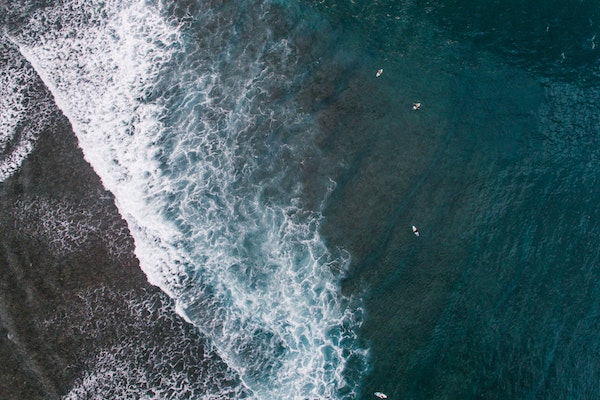
Oxygen-deficient “dead zones” in the Pacific Ocean are continuing to expand, according to a new study that included researchers at the University of Western Australia (UWA).
The study, published in the Proceedings of the National Academy of Sciences, found oceanic “dead zones” – an area of low to no oxygen that can kill fish and marine life – had been expanding for eight million years and human activity is contributing to the problem. The researchers said oxygen is critical to the health of marine ecosystems and predicting future changes in ocean deoxygenation is important for societies that rely on fisheries.
The study’s findings showed oceans had been losing oxygen for the past 50 years in the open ocean and coastal areas partly because of climate change and coastal nutrient discharge.
“Our study indicates that the modern oxygen-deficient zones are underpinned by a historically high oceanic concentration of phosphate,” Birger Rasmussen, a professor at UWA’s School of Earth Sciences.
A rise in nutrients fuels increased biological activity in the surface ocean. When the organic particles sink, they undergo bacterial degradation which consumes oxygen, leading to oxygen-poor zones which may be deadly to marine life. The study noted there were three major oxygen-depleted zones, at depths of 100 to 150 meters, with two in the Pacific Ocean.
“Coastal ocean ‘dead zones’ are mainly caused by the input of products such as fertilizer,” said Rasmussen.
Rasmussen said the oxygen-depleted zones occurred naturally in the open ocean, but it was unclear how they would change with global warming and an increase in nutrients.
“This study might help better predict the future behavior of open ocean zones with depleted oxygen,” he said.
Follow the Advocate on Twitter @GSA_Advocate.
Now that you've reached the end of the article ...
… please consider supporting GSA’s mission to advance responsible seafood practices through education, advocacy and third-party assurances. The Advocate aims to document the evolution of responsible seafood practices and share the expansive knowledge of our vast network of contributors.
By becoming a Global Seafood Alliance member, you’re ensuring that all of the pre-competitive work we do through member benefits, resources and events can continue. Individual membership costs just $50 a year.
Not a GSA member? Join us.
Author
-
Responsible Seafood Advocate
[103,114,111,46,100,111,111,102,97,101,115,108,97,98,111,108,103,64,114,111,116,105,100,101]
Tagged With
Related Posts
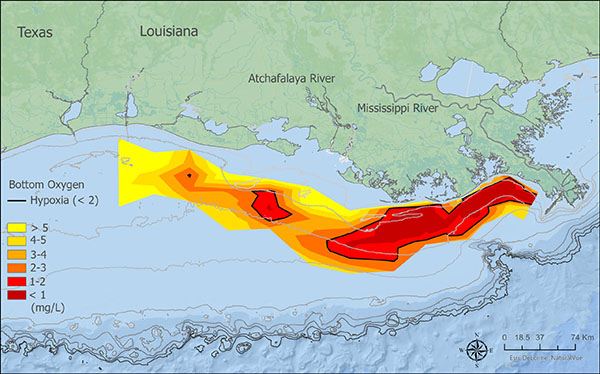
Responsibility
Gulf of Mexico ‘dead zone’ measures below average this year
NOAA said that this year's Gulf of Mexico “dead zone” is smaller than expected, with low river discharge identified as a contributing factor.
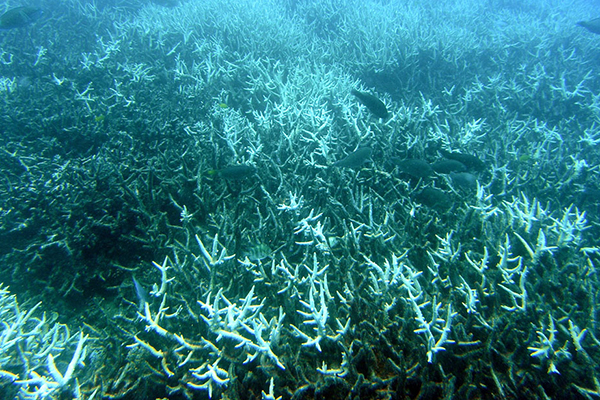
Responsibility
Study: 2021 breaks record for hottest ocean temperature
New research shows the ocean temperature in 2021 was the hottest ever recorded by humans, and the effects of ocean warming are "far-reaching."
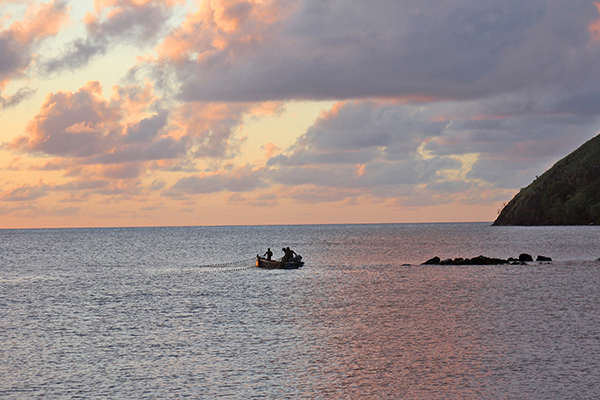
Fisheries
Study: Climate change is likely ‘suffocating’ the world’s fisheries
A new study indicates the ocean is losing oxygen due to climate change, greatly affecting fisheries and other marine resources.
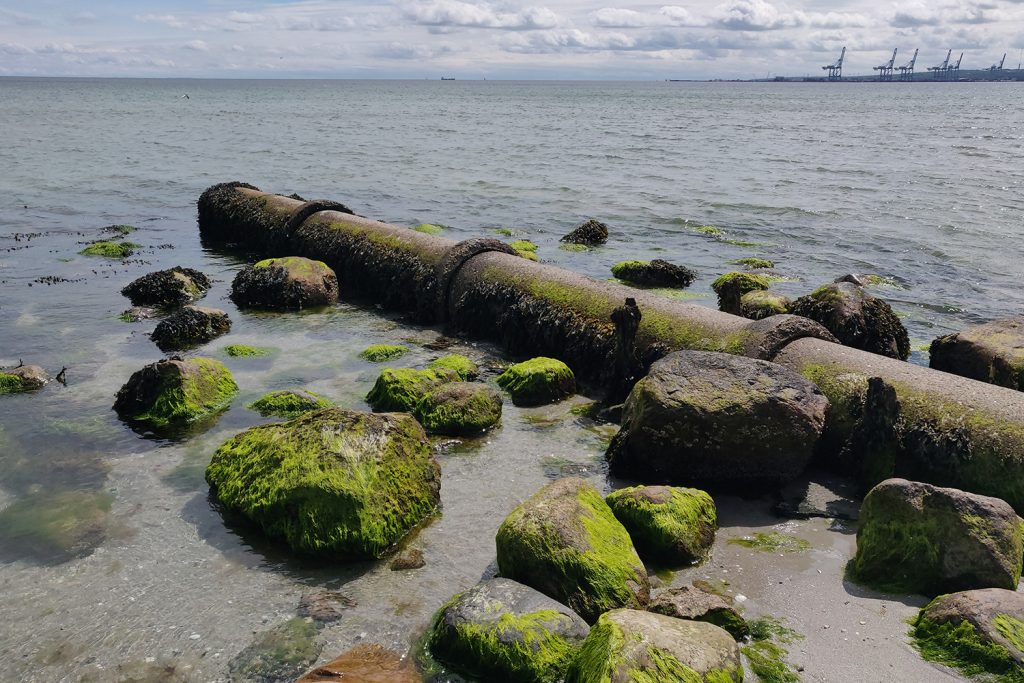
Responsibility
Ocean acidification isn’t just a carbon story – it’s also about nitrogen
Dr. Barry Costa-Pierce on the connection between nitrogen, carbon dioxide and ocean acidification, and the importance of restorative aquaculture.



